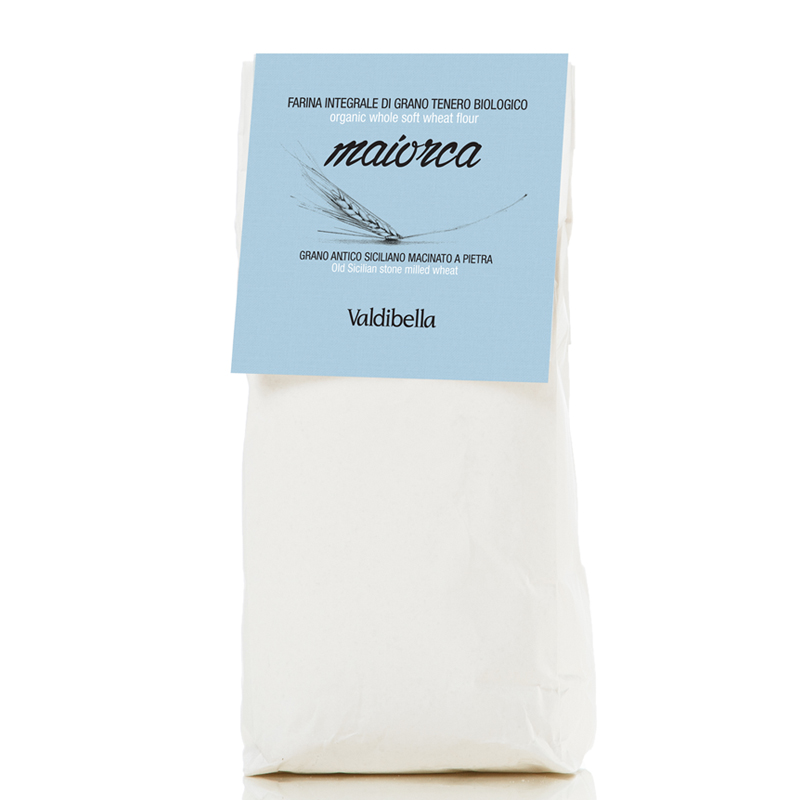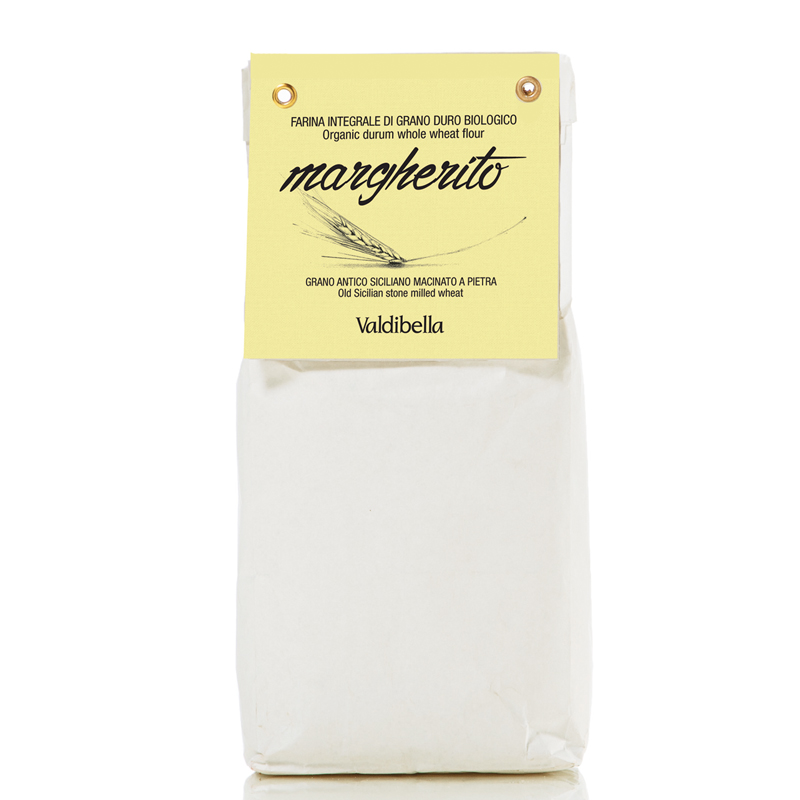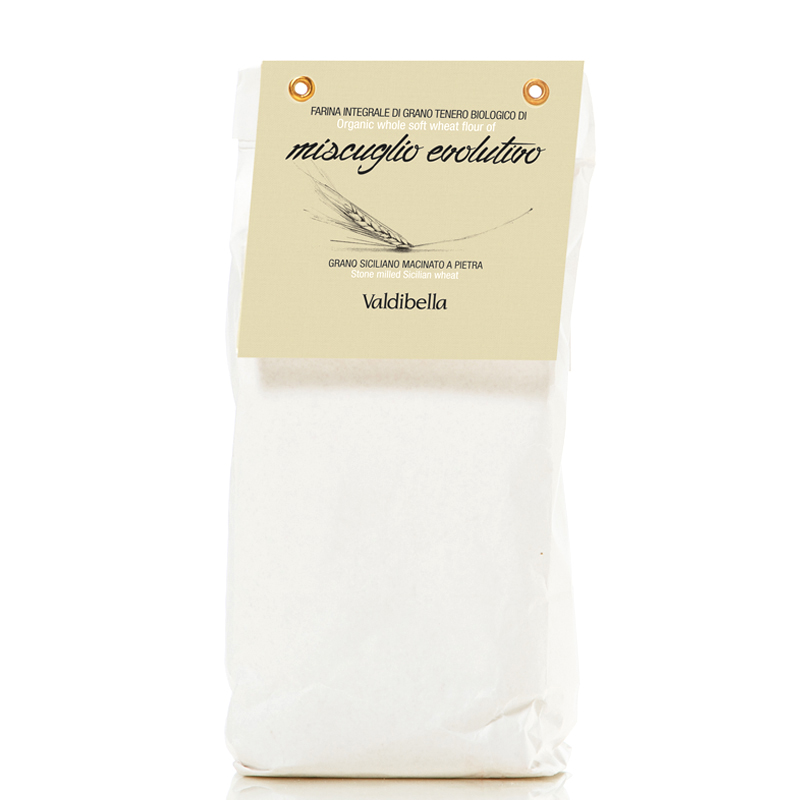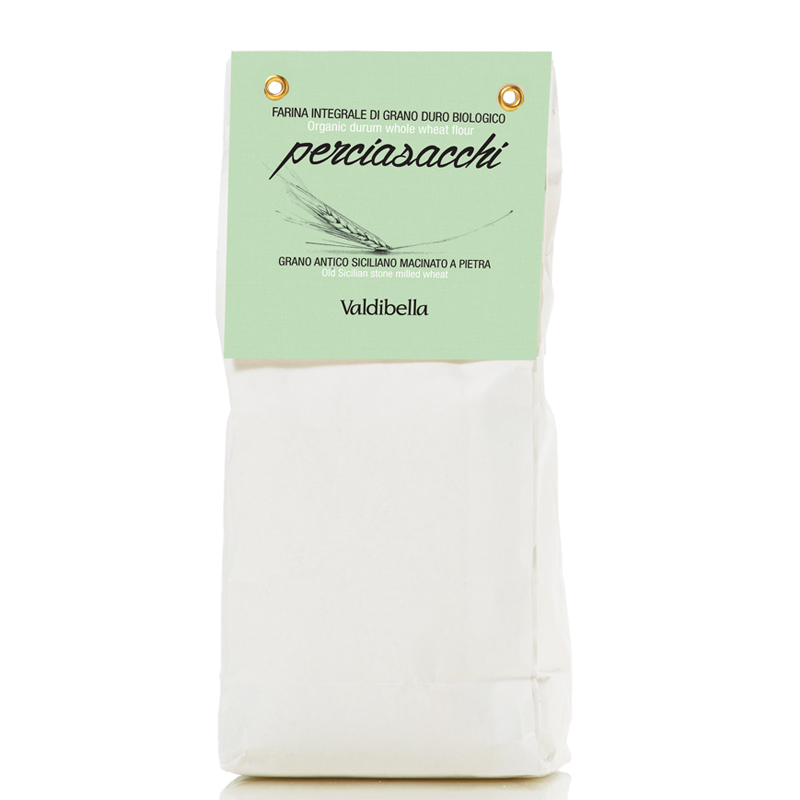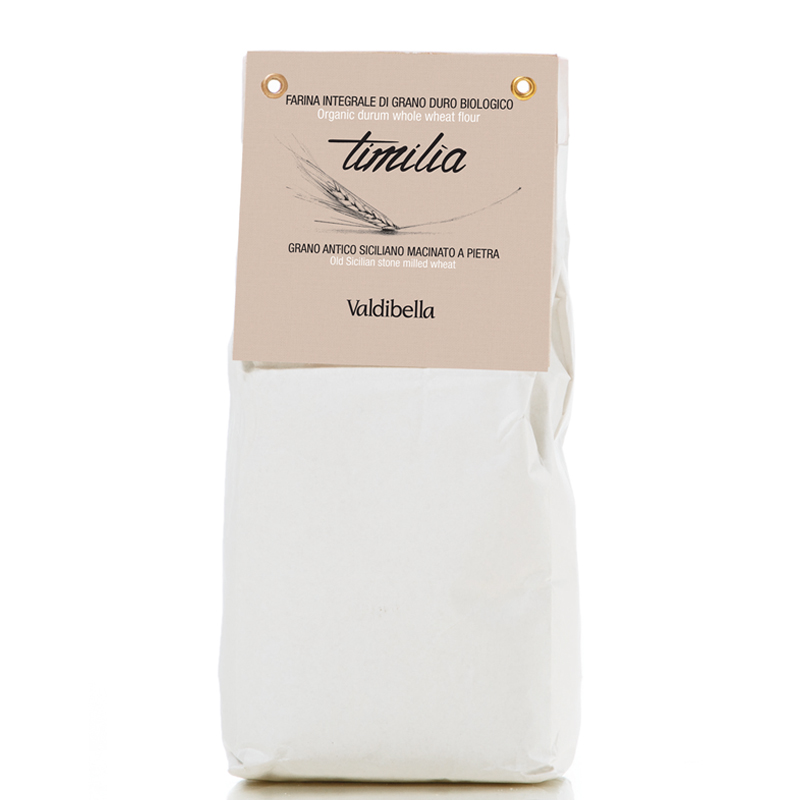When we talk about ancient grains we do it because they really are ancient and not because of that habit dear to marketing so to evoke a patina of the past tastes of genuine and therefore good. The ancient grains are so named because they have remained unchanged compared to the dizzying “evolution” that cereal crops have undergone in the last century. In Italy, an ideal start can be placed in 1925, with the “battle of the wheat”. With a view to making Italy an autarchic country, Mussolini declared war on imports. And that of wheat was among the most conspicuous. Not considering it appropriate to increase the cultivation area (in order not to subtract land from other crops), it was decided to force the yield for the same space. And there was growth: from 20 quintals per hectare in the late 1800s to 80 today.
The measures adopted gave rise to wheat varieties with a high content of proteins and gluten. One of the results, perhaps the best known, is the variety of the Creso (variety obtained by the manipulation of the “Senator Cappelli)” for its resistance to external factors and better performance in terms of yield. However, the modification process also led to the greater vulnerability of the ears of corn to the mushrooms and wild herbs, with the consequent use of herbicides.
Today genetics are spent on improving the performance of wheat used in the food industry; to avoid that the bread hardens within a few hours, for example, or that the pasta better withstands the high drying temperatures, or that it responds better to the raising agents (the famous W value indicating the strength of gluten has passed from 60 / 70W of the ancient grains at 250W to cope with the gas that the beer yeasts produce). In the current era, when the transformation of wheat is aimed at mass consumption, and the hybridizations have given rise to multiple new types, the proper name of ancient wheat contrasts. Against the anonymity of the most used grains, the identity of the ancient grains is strong: they are called by their name, have a precise history and are kept by the “custodian farmers”.

